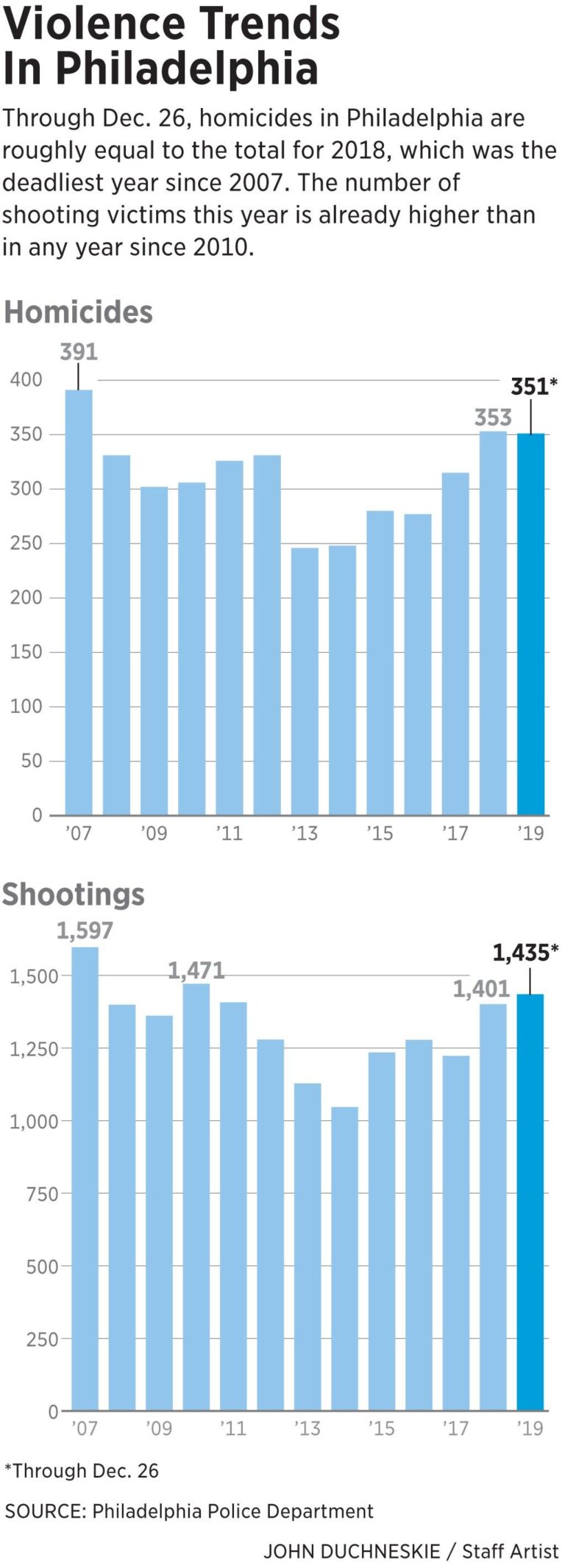Philadelphia’s Remarkable Crime Decline: A Multifaceted Approach to Safer Communities
Philadelphia is experiencing a notable reduction in crime, signaling a promising shift for a city historically grappling with public safety challenges. Recent statistics indicate a sharp decrease in both violent offenses and property crimes, encouraging law enforcement, civic leaders, and policymakers to analyze the underlying causes of this encouraging development. This article explores the diverse strategies, social factors, and community-driven initiatives that have contributed to Philadelphia’s crime downturn, highlighting the implications for residents and the city’s future.
Revitalizing Community Policing: Building Trust and Reducing Crime
Philadelphia’s renewed focus on community policing has reshaped the dynamic between police officers and local residents, fostering a cooperative environment that has led to measurable crime reductions. By stationing officers directly within neighborhoods and promoting transparent communication, law enforcement has shifted from being perceived as distant enforcers to approachable allies. Programs such as neighborhood liaison roles and localized safety workshops have empowered citizens to take an active role in crime prevention. This collaborative model not only deters criminal behavior but also cultivates trust, which is essential for long-term public safety.
Core components fueling this success include:
- Increased foot patrols boosting police visibility and rapid response;
- Regular community forums encouraging open dialogue;
- Engagement initiatives targeting youth to curb delinquency;
- Utilization of crime data to focus resources on high-risk areas;
- Collaborations with nonprofits addressing root social challenges.
| Initiative | Effectiveness | Community Approval |
|---|---|---|
| Neighborhood Liaison Officers | Faster emergency responses | 87% positive feedback |
| Youth Outreach Programs | 35% drop in juvenile crime | 80% positive feedback |
| Data-Driven Patrols | Focused policing in 12 hotspots | 85% positive feedback |
Economic Growth and Employment: Cornerstones of Crime Reduction
The surge in Philadelphia’s economic development has played a pivotal role in curbing crime rates. The city has seen a wave of new enterprises and revitalization of commercial districts, which has expanded job opportunities, particularly in neighborhoods that have historically faced economic hardships. By investing in infrastructure and nurturing startups and small businesses, Philadelphia has cultivated a robust job market that uplifts residents and mitigates conditions conducive to criminal activity.
Strategic collaborations between municipal authorities and private sector stakeholders have further amplified these gains. Initiatives focusing on vocational training and youth employment have been instrumental in guiding vulnerable populations toward sustainable careers. The following table summarizes recent trends in employment and crime:
| Year | Unemployment Rate | Violent Crime Rate (per 1,000 residents) | New Business Openings |
|---|---|---|---|
| 2021 | 7.5% | 11.8 | 400 |
| 2023 | 4.8% | 7.2 | 850 |
| 2024 | 3.9% | 5.5 | 1,050 |
- Job Market Expansion: Over 1,000 new businesses have created thousands of employment opportunities.
- Economic Empowerment: More residents now enjoy stable incomes and benefits.
- Community Resilience: Enhanced economic participation correlates with reduced crime.
Leveraging Technology and Data Analytics to Strengthen Policing
Philadelphia’s law enforcement agencies have embraced innovative technologies and sophisticated data analytics to enhance crime prevention and response. Tools such as predictive policing models and live crime mapping empower officers to anticipate criminal activity and deploy resources more strategically. The integration of body-worn cameras combined with AI-assisted evidence review has improved transparency and accountability, fostering stronger community confidence.
Several data-centric initiatives have been implemented to boost interdepartmental collaboration and operational efficiency, including:
- Advanced Crime Trend Analysis: Machine learning algorithms identify emerging patterns and weapon usage.
- Real-Time Community Reporting Apps: Platforms enabling residents to instantly report suspicious activity.
- Dynamic Resource Management Dashboards: Tools for optimizing patrol deployment based on live data.
| Technology | Primary Benefit | Measured Impact |
|---|---|---|
| Predictive Policing Algorithms | Crime Anticipation | 32% reduction in incidents in targeted zones |
| Body Cameras with AI Review | Evidence Integrity | 45% faster case processing |
| Mobile Reporting Platforms | Community Involvement | 42% increase in citizen reports |
Strategies for Sustaining and Expanding Crime Reduction
To maintain and build upon Philadelphia’s downward crime trajectory, a comprehensive approach emphasizing community involvement and data-driven policing is essential. Law enforcement must continue to nurture trust through transparency and expand neighborhood-based policing, where officers develop genuine connections with residents. Equally critical is the investment in social programs that tackle the root causes of crime, including poverty, unemployment, and educational disparities. These combined efforts will help establish a robust safety net that prevents crime before it occurs.
Priority actions for ongoing success include:
- Advancing real-time crime analytics and technology integration;
- Enhancing youth mentorship and employment initiatives;
- Strengthening collaboration among police, social services, and mental health experts;
- Expanding economic development in neighborhoods with historically high crime rates.
| Program | Focus Area | Expected Outcome |
|---|---|---|
| Expanded Community Policing | Neighborhood Relations | Reduced Crime-Related Anxiety |
| Youth Job Training | Employment | Lower Juvenile Delinquency |
| Data-Driven Crime Analytics | Operational Efficiency | Faster Case Resolution |
| Mental Health Response Teams | Public Safety | Fewer Repeat Offenses |
Looking Ahead: Philadelphia’s Path to Safer Communities
Philadelphia’s ongoing reduction in crime rates exemplifies how a combination of targeted policies, technological innovation, and community engagement can produce tangible improvements in public safety. While challenges persist, the city’s recent progress offers a hopeful outlook for residents and decision-makers. Continued collaboration and sustained investment will be vital to preserving this momentum and ensuring that all neighborhoods in Philadelphia become safer and more vibrant places to live.








